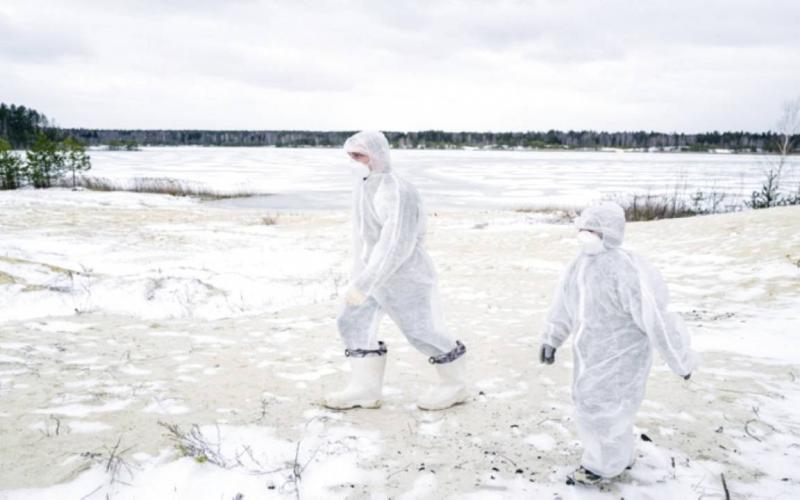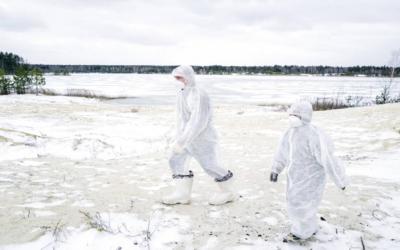Scientists have warned of the potential return of pathogens that were once common on Earth, which have remained frozen for thousands of years in ice cover, due to melting ice, according to "Science Alert." A notable example of the risks emerged in 2016 when anthrax outbreaks occurred in Western Siberia due to the thawing of anthrax spores in permafrost, leading to the deaths of thousands of reindeer and affecting dozens of people. In a new study published in the journal "Computational Biology," researchers assessed the environmental risks posed by the release of ancient, unpredictable viruses.
In 2012, researcher Sue Natalie visited Siberia for the first time, aiming to study the effects of what is known as permafrost melting due to climate change. Although Natalie had seen photos of the site several times before the visit, she was surprised to see it in person, given the enormous impact of the accelerated melting of ice in the area she visited, to the extent that it caused significant land subsidence in multiple places.
What this researcher described represents the visible and dramatic effects of the rapid temperature increases in the Arctic region. Permafrost - land that has been frozen permanently, at least until now - is melting and revealing its hidden secrets. Alongside remnants from the Pleistocene epoch, there are vast quantities of carbon and methane emissions, toxic mercury, and even diseases that surfaced in ancient eras and have been stored in this soil.
Natalie states that the area that will melt—regardless of the proportion—contains carbon trapped within organic materials, which will begin to decompose and be released by microbes that will use it as an energy source, emitting it as carbon dioxide or methane. Estimates suggest that the amount of frozen carbon that could be emitted as carbon dioxide may range from 130 to 150 billion tons, which is equivalent to the total annual carbon emissions from the United States, projected from now until 2100. This means that melting permafrost will effectively add what would be a "new country" ranking second on the list of the biggest carbon emitters, without any way to hold it accountable for the pollution it generates.




